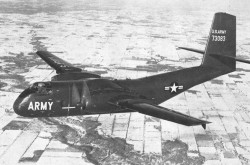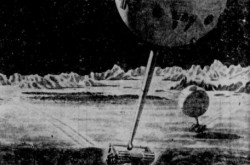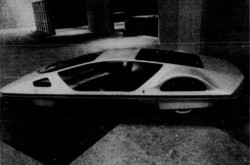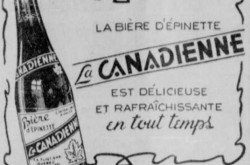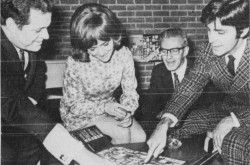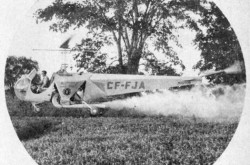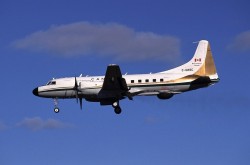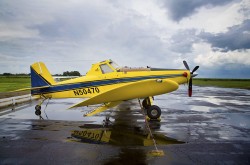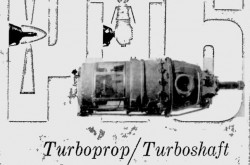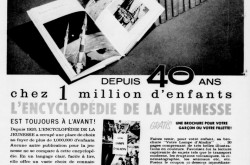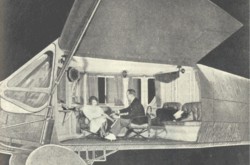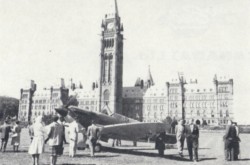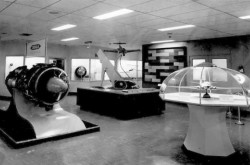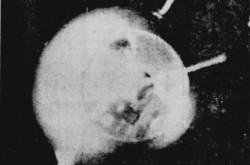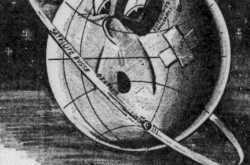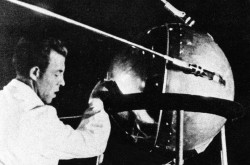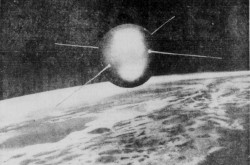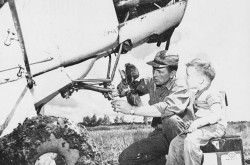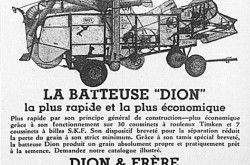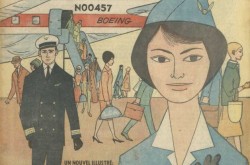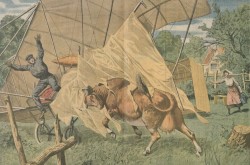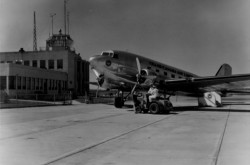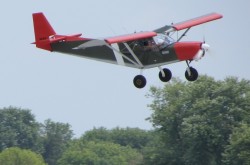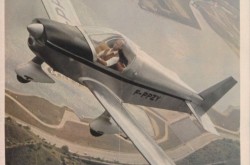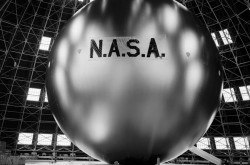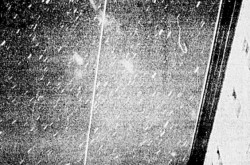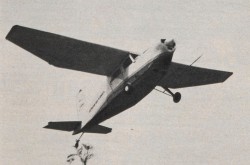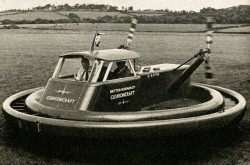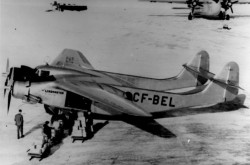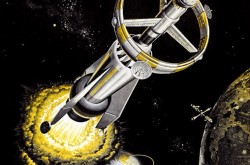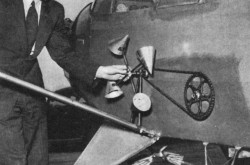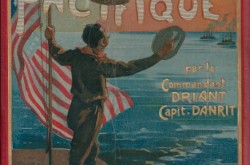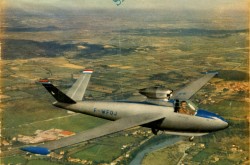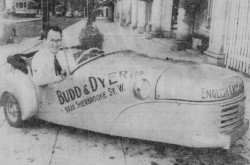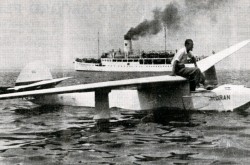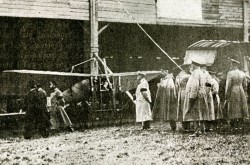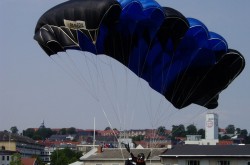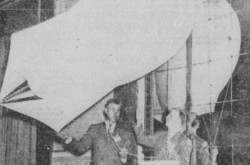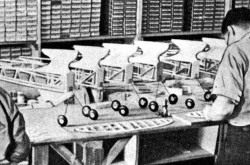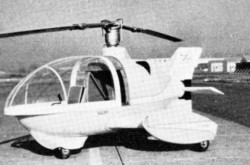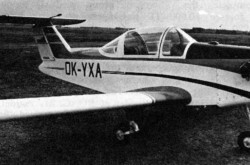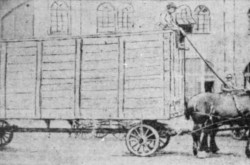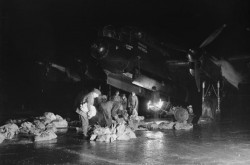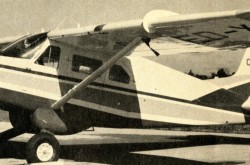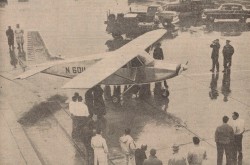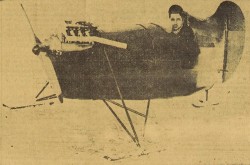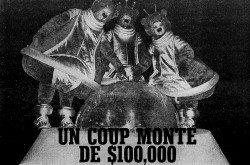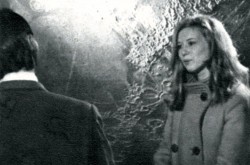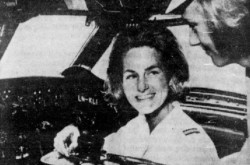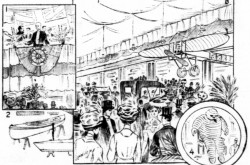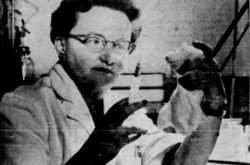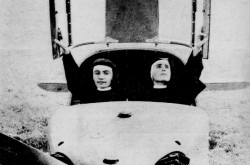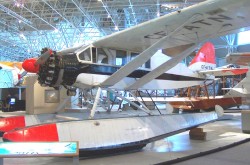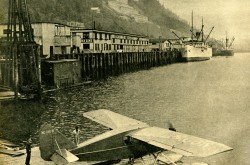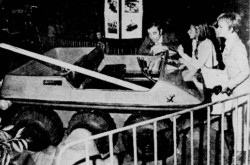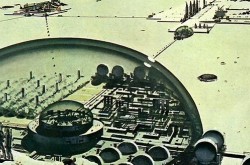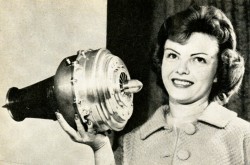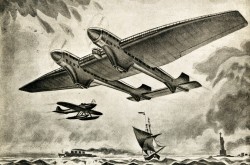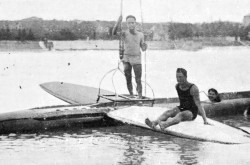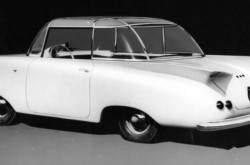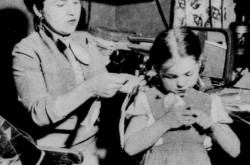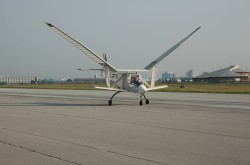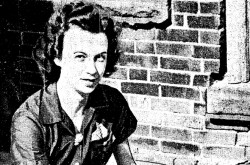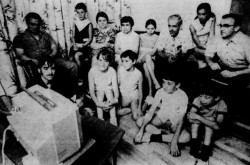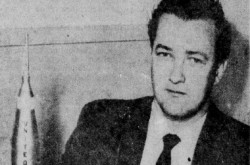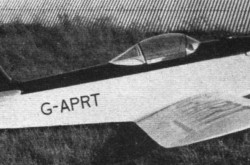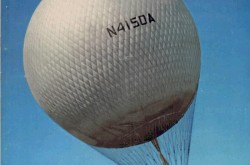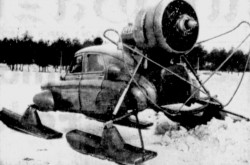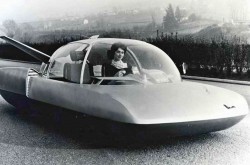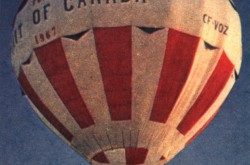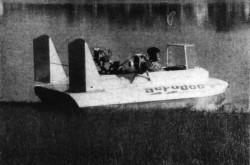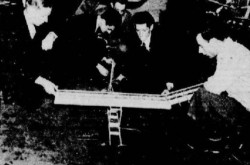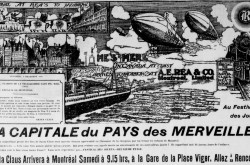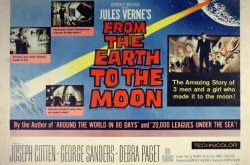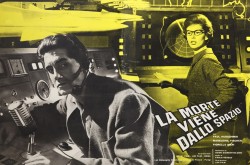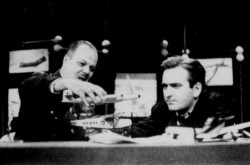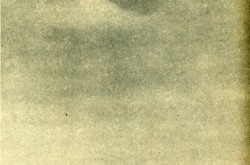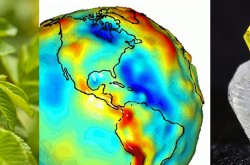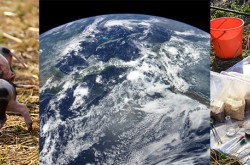Felix Andries Vening Meinesz and his Gouden Kalf; Or, how the Koninklijke Marine played a crucial role in the history of ocean gravimetry, part 1
Mark this day with a white stone, my faithful reading friend, for today is indeed a great day. For the first time in the history of my humble contribution to our blog / bulletin / thingee, yours truly will deal with a topic connected to the great science of geophysics, the major branch of the Earth sciences which applies the principles and methods of physics to the study of our big blue marble, and this from its very dense and hot core to the most rarefied and hottest strata of its atmosphere. I know, I know. I am as surprised as you are. And no, this article will not be boring. I hope.
To quote, completely out of context, Dr. Herbert Cockroach, the brilliant scientist of the pretty popular 2009 American animated science fiction action-comedy film Monsters vs. Aliens, there will be candy, cake, balloons.
Just kidding.
Mind you, we will also add to the roster of publications whose contributions have made that same blog / bulletin / thingee what it has become since its inception. If you must know, Sciences et Voyages was a French literary as well as scientific and technical information weekly magazine whose first issue was dated September 1919, I think. The final issue of what was then the monthly magazine Loisirs et voyages was dated February 1973.
To quote the final words spoken in the final, December 2011 episode of the Canadian science fantasy television series Sanctuary, shall we begin?
Felix Andries Vening Meinesz, born Felix Andries Meinesz, came into this world in ‘s-Gravenhage / The Hague, Netherlands, in July 1887.
That brilliant young human completed his studies in civil engineering at the Technische Hoogeschool van Delft, in… Delft, Netherlands, in 1910. The same year he joined the Rijkscommissie voor Graadmeting en Waterpassing, in other words the state commission on arc-measurement and levelling, I think.
And yes, Vening Meinesz performed gravimetric measurements for that state commission. This being said (typed?), the doctoral dissertation he completed in 1915 detailed the shortcomings of the equipment used for that purpose. Mind you, Vening Meinesz might also have been forced to acknowledge the fact that the soil in many parts of the Netherlands was not all that stable.
To make a long story short, a rare occurrence in these parts, I must admit, over a period of almost 1 000 years, the people of the Netherlands turned a large number of coastal marshes and fens into land fit for cultivation. That reclaimed land makes up more than half of the country’s land area. I kid you not. Many Netherlanders will tell you that, while god created the world, they created the Netherlands.
That was all good and fine for cultivation but, when strong waves hit the shores of the Netherlands, they produced vibrations in the soil which messed up Vening Meinesz’s gravimetric measurements. Moving inland certainly helped.
You are indeed correct, my reading friend whose knowledge constantly amazes me. The gravimeters used at the time required a stable platform to provide accurate measurements. The catch with that was that about 71% of the Earth’s surface was, and still is, covered with water and we, poor landlubbers subject to sea sickness, know all too well that, even at the best of times, a ship is not a stable platform and…
You have a question, do you not, my reading friend? Why was it necessary to measure gravity in different locations? Is gravity not the same in every location on our big blue marble? Well, actually, no, it is not. I kid you not.
You see, the gravitational pull measured in a certain location, the spot from which you are perusing this article for example, depends on the mass of our Earth and the distance between you and the centre of that celestial body.
The catch is that the Earth is not a perfect sphere. One might say that it is more or less an oblate spheroid, in other words a sphere that is squashed at its poles and swollen at the equator. This, of course, means that the gravity which would affect you and I at the equator would be slightly less than the gravity which would affect us at one of the poles. The difference is, however, really quite tiny.
Flying 5 000 or so metres (16 400 or so feet) over the equator for example, a 10 000 or so kilogramme (22 000 or so pounds) fire breathing dragon would experience a reduction of weight of 15.5 or so kilogrammes (34.5 or so pounds). To achieve that same reduction in weight over one of the poles, that critter would have to fly at a quite literally breathtaking altitude of 26 400 or so metres (86 600 or so feet). Wah!
The mass of our dragon friend would not change, of course, and… No, no, it would not, my puzzled reading friend. The mass of our dragon would be 10 000 or so kilogrammes (22 000 or so pounds), whether measured on Earth, at the equator or a pole, or on Qo’noS / Kronos, the Klingon homeworld. (Hello, EP and EG!)
The weight of that beastie would change, however, because the mass and weight of an object are not the same thing. Nay, they are not. The mass of said beastie is the measurement of the total amount of matter in it. Its weight, on the other hand, is the measurement of the force of gravity of the planet, moon, comet, asteroid, etc. on which it happens to be.
On the Moon, our dragon would weigh only 1 650 or so kilogrammes (3 650 or so pounds), because the gravity of that celestial body is much weaker than that of Earth. On Qo’noS, it would weigh 12 300 or so kilogrammes (27 125 or so pounds), but I digress.
And no, yours truly did not watch a certain television series. I kept forgetting.
Vening Meinesz found out the hard way that a ship was not a stable platform. You see, he tried to take measurements from a ship, in 1922, but did not meet with much success.
Vening Meinesz presented his unsatisfactory results at a natural history and medicine conference, the 1923 edition of the Nederlandse Natuur- en Geneeskundig Congres, held in April.
Intrigued by what the young engineer had done, the director of a state mining corporation, Staatsmijnen in Limburg, the much-respected engineer / professor Frederik Karel Theodoor van Iterson suggested that, in order to minimise the impact of waves and ship movements on his measurements, Vening Meinesz make those measurements under water, aboard a submarine of the Koninklijke Marine.
Vening Meinesz conducted his 1st series of underwater measurements in June 1923, in the North Sea, aboard the submarine Hr.Ms. O 6.
He conducted his 2nd series of underwater measurements between mid September and late November 1923, aboard Hr.Ms. K II, as that submarine sailed from the Netherlands to its base of operation, the Nederlandsch-Indië, or Netherlands East Indies, a colony known today as the independent country of Indonesia. He was on board for 10 or so weeks and left the ship when the latter reached Colombo, Island of Ceylon and its Territories and Dependencies, a British crown colony known today as the independent country of Sri Lanka.
Vening Meinesz discovered along the way that, even when diving in calm waters, a submarine was not as stable as he had thought. Indeed, he later had to mount his gravimeter in some sort of cradle to minimise its movements.
Would you believe that, once in the Red Sea, in November, Vening Meinesz and the crew of Hr.Ms. K II quickly realised that, as uncomfortable as life was at the surface, things were even worse under water? You see, while the temperature of the fluids of that body of water was a tepid 31° Celsius (about 88° Fahrenheit), the temperature in the submerged submarine soon reached a balmy 37° Celsius (about 98.5° Fahrenheit), with about 6 million percent humidity. Fun times…
Now, just imagine how things would have been had the submarine been there between June and September, when temperatures were actually higher… If I may be permitted to paraphrase the famous English poetess Elizabeth Barrett Browning, born Moulton-Barrett, how do I loathe summer? Let me count the ways. Sorry, sorry.
Mind you, it should be noted that the cramped quarters and claustrophobic environment found in the submarines of the time were not exactly congenial to scientific work either, especially for a person like Vening Meinesz, who was… 1.98 or so metre (6 feet 6 inches or so) tall, and…
The puzzled expression on your face leads me to think that the acronym Hr.Ms. is not one you are familiar with. To be honest, I had no idea of what Hr.Ms. meant before I wrote this article. Fully stretched out, said acronym reads Hare Majesteits, in other words her majesty’s. And yes, Hr.Ms. was for the Koninklijke Marine what HMS was for the Royal Navy of the United Kingdom.
It might also be worth mentioning that, at the time, the Koninklijke Marine was operating 2 mains series of submarines, the so-called O series, O meaning Onderzeeboot, in English submarine, used in the North Sea, and the so-called K series, K meaning Koloniën, in English colonial, used in the waters surrounding the Netherlands East Indies, but back to our gravitationally important topic.
Before I forget, the term submarine was a tad of a misnomer. You see, the submarines of the interwar years, like the ones used during both world wars actually, actually spent most of their time on the surface. They were arguably submersible ships rather than true submarines.
To travel underwater, those submarines had to turn off their diesel engines and turn on their electric motors. As we both know, diesel engines need air to function. In that regard, to paraphrase, out of context, S’Chn T’Gai Spock, once underwater, the needs of the crew outweighed the needs of the diesel engines. (Hello, EP and EG!)
The catch was that the electricity provided by the rechargeable batteries of a submarine could keep it going for only 48 hours or so, if that, and this at very, very low speed, but I digress. Again.
Incidentally, Vening Meinesz went to sea in 1923 with a gravimeter developed at least in part, around 1887, by an Austro-Hungarian army officer / geophysicist / astronomer, Baron Robert Daublebsky von Sterneck. That device worked well enough but proved difficult to operate during the long journey of Hr.Ms. K II.
Vening Meinesz obviously needed a better instrument. He set out to design one, using the pendulums of his old gravimeter as a starting point.
Perhaps working with people of the Koninklijk Nederlands Meteorologisch Instituut, the young engineer put together a gravimeter which would be able to operate in an oceanic environment. He would now be able to obtain accurate measurements which would allow him to measure the precise shape of both the Earth and the geoid.
The puzzled expression on your face leads me to think that the term geoid is not one you are familiar with. To be honest, I had no idea of what a geoid ate for breakfast before I wrote this article.
And no, a geoid is not some sort of strange critter. The geoid is the shape that the surface of the Earth’s oceans surface would take under the influence of the gravity of said Earth, if other influences such as tides and winds were absent.
Before I forget, Vening Meinesz’s new device used a trio of pendulums oscillating forward and backward in a staggered way, the net result of their movement being the cancellation of any and all disruptive forces. The measurements were recorded on continuous film strips connected to an extremely precise chronometer. Said chronometer helped to determine the precise position of a submarine when each measurement was made.
Vening Meinesz conducted his 3rd series of underwater measurements in October 1925, aboard Hr.Ms. K XI, as that submarine sailed from the Netherlands to its base of operation, yes, the Netherlands East Indies. He was on board for 2 or so weeks and left the ship when the latter reached Tunis, Protectorat français de Tunisie, in late October.
Incidentally, at some point in the mid to late 1920s, I think, Vening Meinesz’s gravimeter was nicknamed the Gouden Kalf, in English golden calf, by the crew of a submarine. That biblical nickname stuck.
Need yours truly remind you that the expression golden calf refers to an episode of the Bible, seemingly concocted centuries after the fact by one group trying to discredit another group, in which the Israelites encamped near Mount Sinai made that cult image when they came to fear that their leader, Moses, would not return? I thought so. Let us move on.
While said nickname certainly had to do with the golden colour bronze used in the fabrication of the device’s casing, the fact was that the crews of the submarines Vening Meinesz worked in received extra moolah, seemingly for every scientific dive, something the sailors enthusiastically approved of, of course.
The decision to give each sailor 1 guilder per dive was taken by the muckymucks of the Koninklijke Marine because most crewmembers apparently had to lie still in their bunks during said measurements, to minimise vibrations. Said muckymucks declared that this lying down on the job impacted the quality of life of the sailors, who had to be compensated.
I know, I know. Muckymucks giving a rodent’s posterior about the quality of life of their minions? What a concept! Sorry, sorry.
The value of the aforementioned guilder corresponded to anything from $ 9.55 to $ 22.00 in 2024 currency, depending on the year.
Vening Meinesz conducted a 4th series of underwater measurements in 1926, aboard Hr.Ms. K XIII, as that submarine sailed in late May from the Netherlands to its base of operation, yes, again, the Netherlands East Indies. This time around, however, that warship reached its destination via the Panama Canal, and not via the Suez Canal, in Egypt.
Sadly, yours truly does not know how long Vening Meinesz remained on board. Indeed, he might have been on board 29 or so weeks, in other words until the submarine reached its destination, in mid December 1926, after numerous stops along the way, of course.
How can I submit such a hypothesis, you ask, my reading friend? Well, you see, Vening Meinesz was apparently on board Hr.Ms. K XIII in late 1926 when the latter made a trip to Christmas Island, a relatively small island administered by the Colonial Office of the United Kingdom and… the British Phosphate Commissioners, a private, yes, yes, private entity operated by Australian, British and New Zealander businessmen in order to extract phosphates on 3 Pacific and Indian Oceans islands, one of these being Christmas Island, near the Netherlands East Indies.
Need yours truly mention that decades of phosphate extraction really messed up the environment on Christmas Island, Nauru and Ocean Island – and the lives of the local inhabitants who had very little say in the matter? I thought not, and back to Vening Meinesz we go.
Our scientist spent time aboard Hr.Ms. K XIII on at least 4 additional occasions, between June and August 1929, in October and November 1929, in January and February 1930, as well as during 1932.
That same year, yes, 1932, in July and August to be more precise, Vening Meinesz apparently spent 6 or so weeks aboard Hr.Ms. O 13, cruising to and from Madeira and the Açores / Azores, Portuguese-controlled archipelagos in the Atlantic Ocean.
And no, for the expeditions aboard Hr.Ms. K XIII, Vening Meinesz did not go from the Netherlands all the way to the Netherlands East Indies aboard that ship. Do you not remember reading that this submarine had travelled to the Netherlands East Indies, its base of operation, back in 1926? While yours truly does not know how Vening Meinesz travelled to and from that colonial territory, it looks as if its precious gravimeter travelled by sea on at least one occasion.
Mind you, he could have flown from the Netherlands East Indies to the Netherlands had he wanted to, and… Yes, yes, my skeptical reading friend, Vening Meinesz might have made the trip by air.
You see, the Netherlands’ national air carrier, Koninklijke Luchtvaart Maatschappij Naamloze Vennootschap (KLM), began to make regular flights, once a week I believe, to and from the Netherlands East Indies, in September 1929. There was only one flight per week because it took 5 and a half days to go from the Netherlands to the Netherlands East Indies at that time. I kid you not.
That air route was the longest in the world until April 1935. That was when the British air carrier Imperial Airways Limited and Qantas Imperial Airways Limited, an air carrier it had formed in cooperation with the Australian air carrier Queensland and Northern Territory Aerial Services Limited (QANTAS), began to operate a weekly route between the United Kingdom and Australia. Would you believe that it took 12 and a half days to go from one end of that route to the other? Twelve days and a half! Wah! But I digress.
And yes, KLM was indeed mentioned in November 2017 and September 2019 issues of our astounding blog / bulletin / thingee.
As you might imagine, Vening Meinesz tinkered with his gravimeter over the years. At some point, he supervised the installation of a tiny electric heater in the base of it. Said heater was turned on before a dive to compensate for the gradual increase in temperature inside the instrument caused by the gradual seepage of the slightly warmer air inside a submerged submarine.
And yes, my reading friend, conducting leading edge science was, still is and will continue to be no easy matter. It was, still is and will continue to be entirely possible to miss a tiny little detail and really mess up the results of an experiment, but I digress. Again. Sorry.
As you might imagine, again, Vening Meinesz’s pioneering work did not go unnoticed back home. Nay. In 1927 he was appointed part-time professor of cartography, geodesy and geophysics at the Rijksuniversiteit Utrecht in… Utrecht, Netherlands. He became a member of his country’s royal academy of arts and sciences, the Koninklijke Nederlandse Akademie van Wetenschappen, that very year.
Vening Meinesz became president of the Association of Geodesy in 1933. He occupied that position until 1946, the year that organisation became the International Association of Geodesy. Mind you, Vening Meinesz was also president of the International Union of Geodesy and Geophysics between 1948 and 1951, but back to the 1920s and our voyage to the bottom of the sea, but ye shall have to wait until next week for the next episode of our… you know what.
And yes, my telephile reading friend, the expression voyage to the bottom of the sea was indeed the title of an American military science fiction television series originally broadcasted between September 1964 and March 1968, Voyage to the Bottom of the Sea. Yours truly watched a French language version dubbed in Québec, Voyage au fond des mers, initially broadcasted between September 1968 and July 1972, I think, when I still had hair. Sigh…



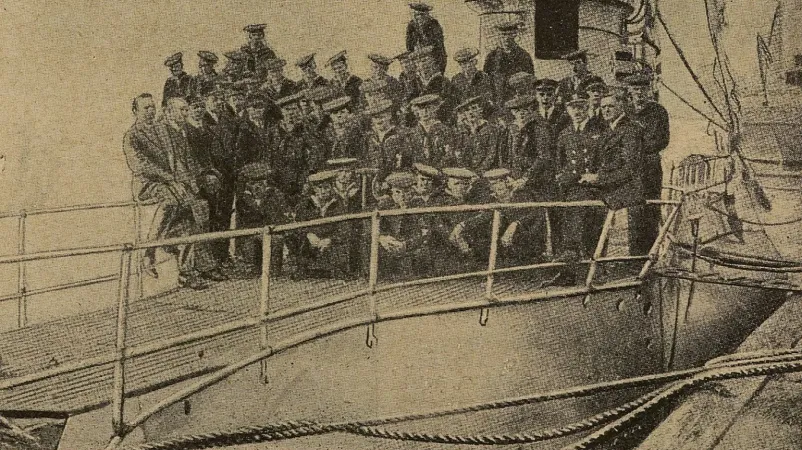












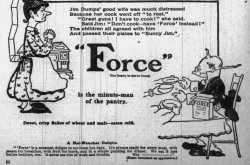
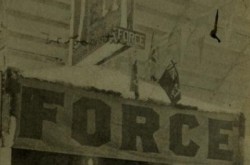
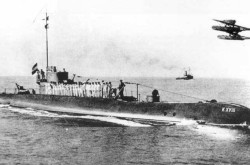
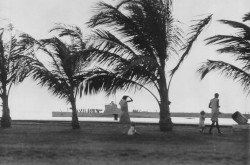
![A block of photographs showing some of the people involved in the bombing of beluga whales in the estuary and gulf of the St. Lawrence River. Anon., “La chasse aux marsouins [sic]. » Le Devoir, 15 August 1929, 6.](/sites/default/files/styles/thumbnail_7/public/2024-09/Le%20Devoir%2015%20aout%201929%20page%206.jpg?h=584f1d27&itok=TppdLItg)
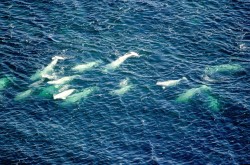
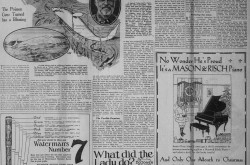
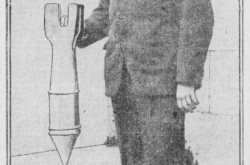
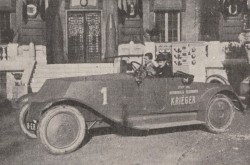

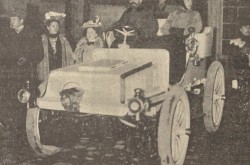
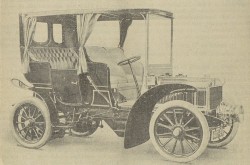


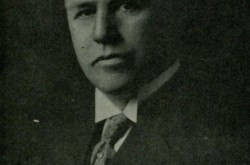
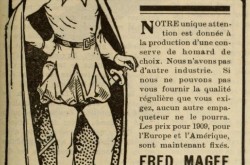
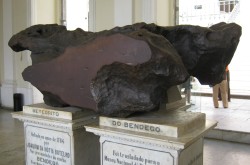
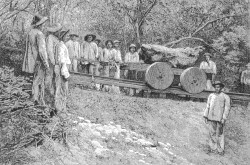
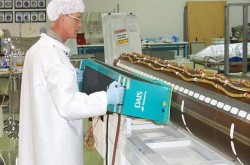
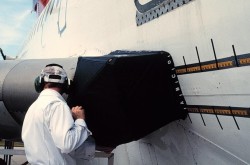
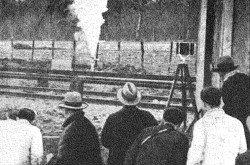
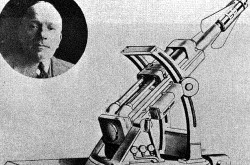
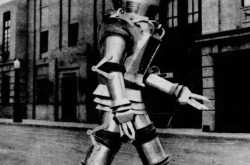

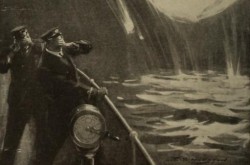
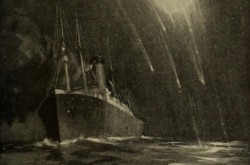
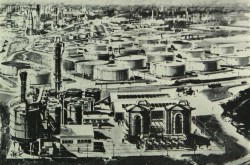
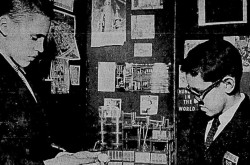
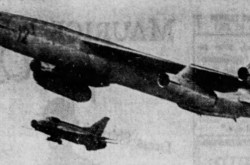
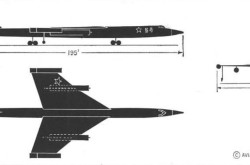
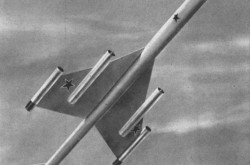
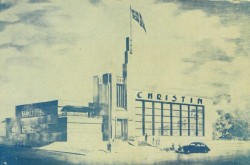
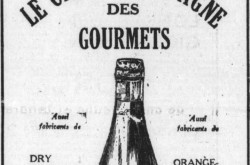

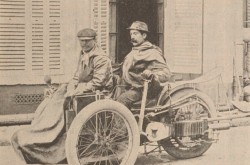
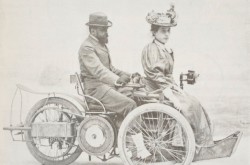
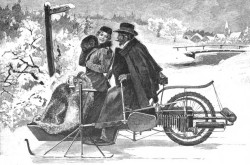

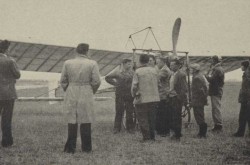
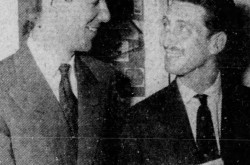
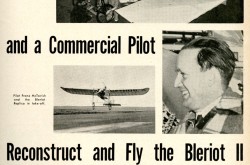
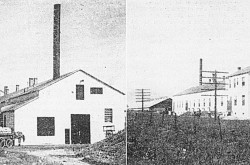
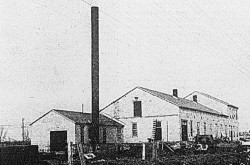
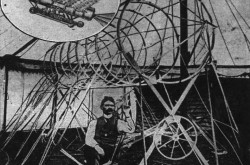
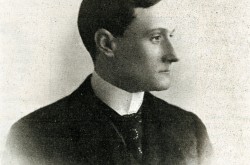
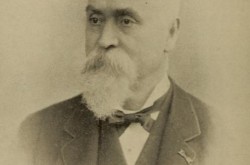
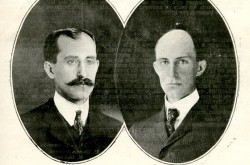
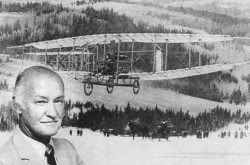
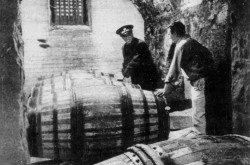
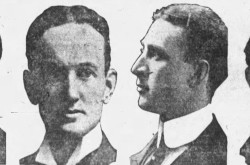
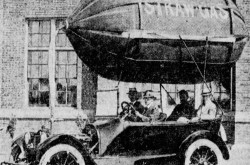
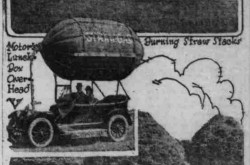


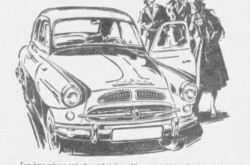
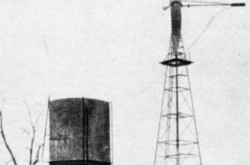
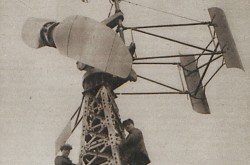
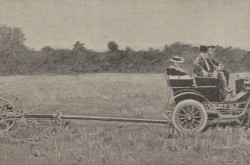
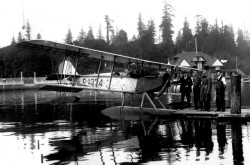
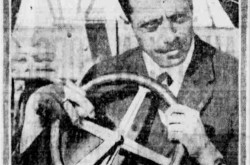
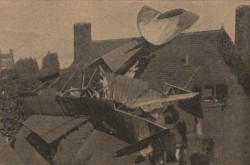
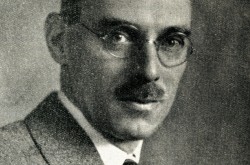
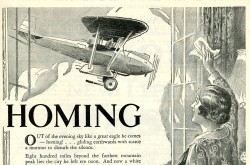
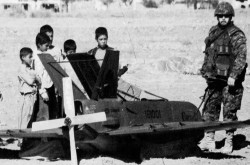
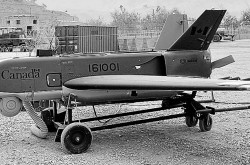
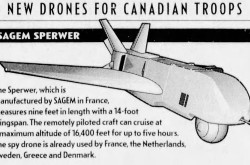
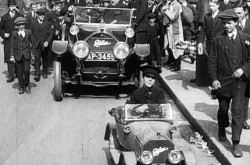

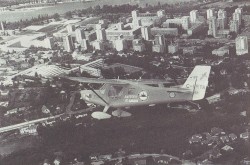
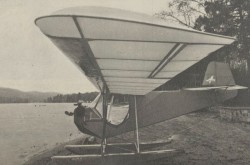
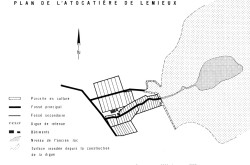
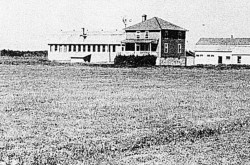
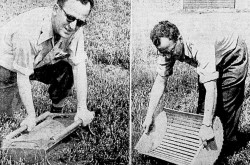

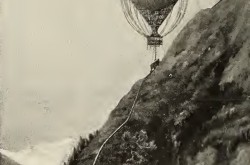
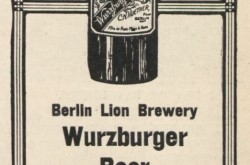

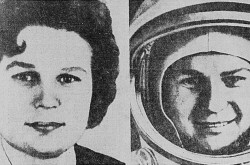
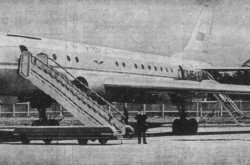
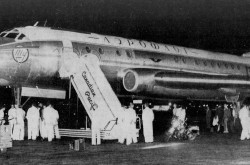
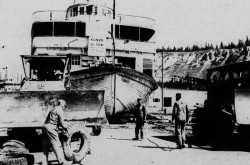
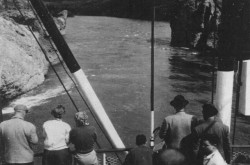
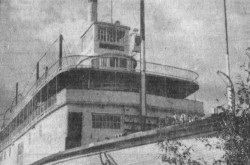


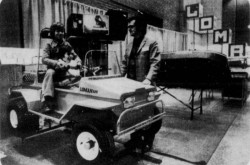
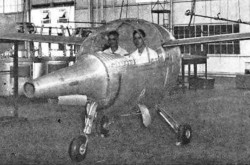
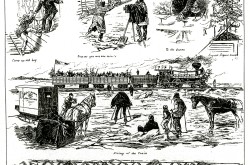
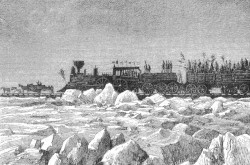

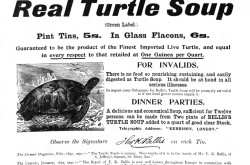
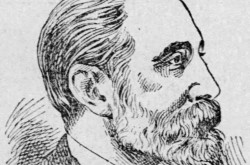
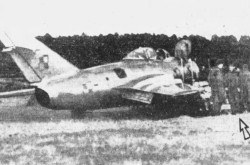
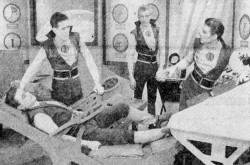
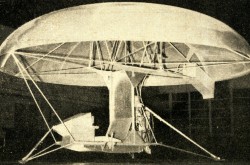
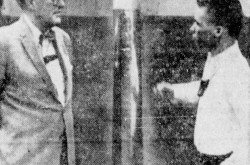
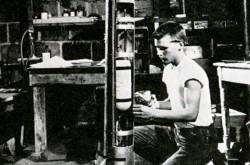
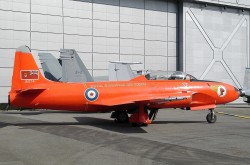
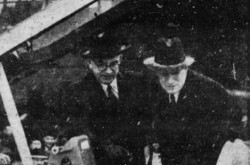
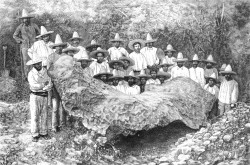
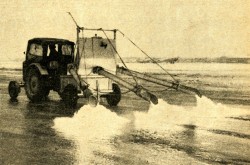
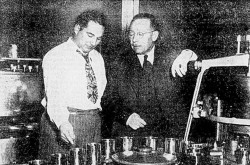
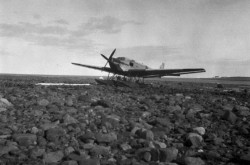
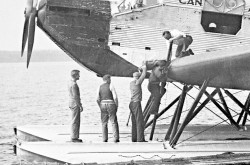
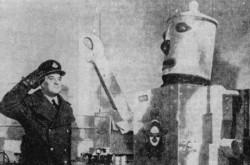
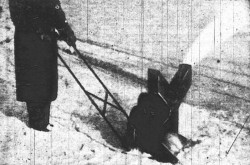
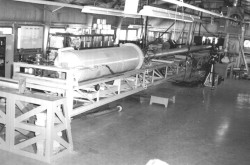
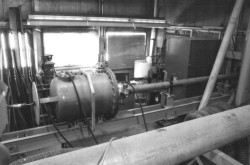
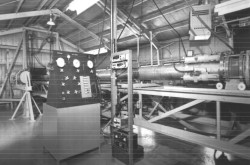
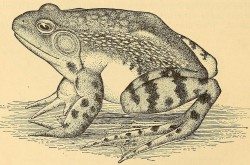
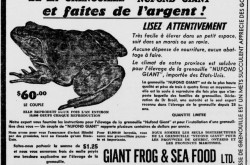
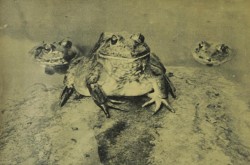
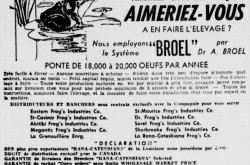
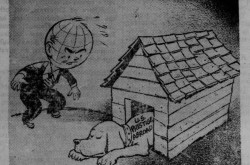
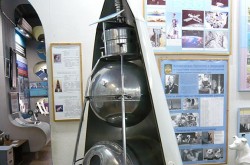
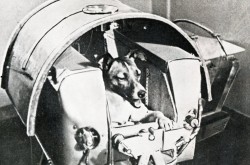
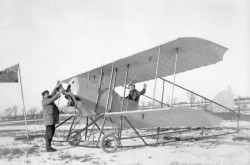
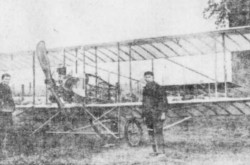
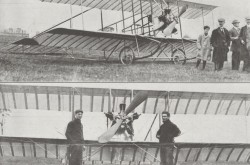
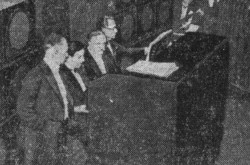

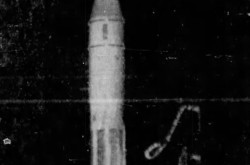
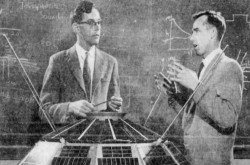
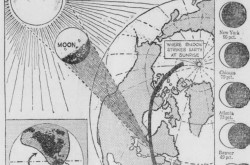
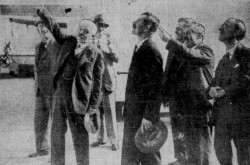
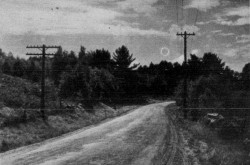
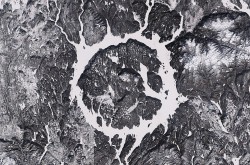
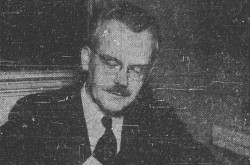
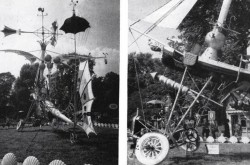

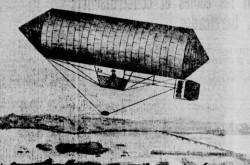
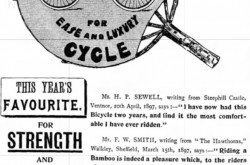
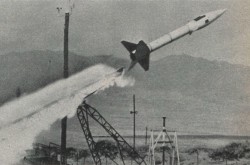
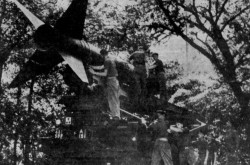
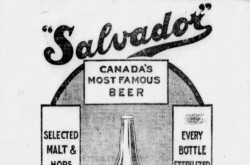
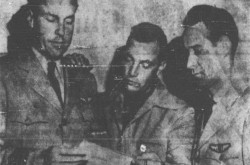
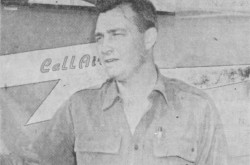

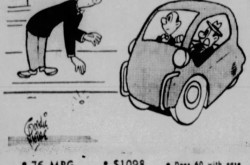
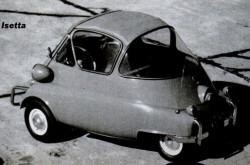
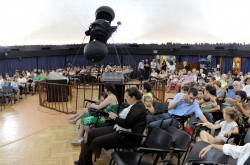
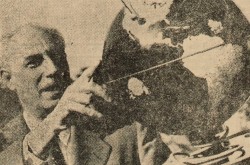


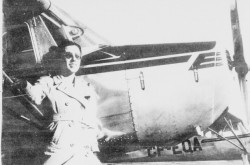
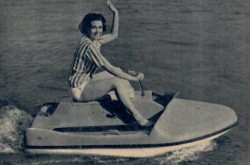



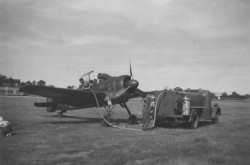
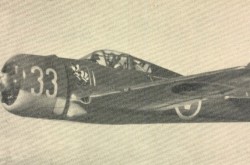
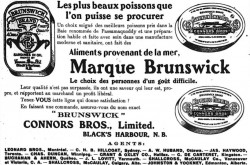
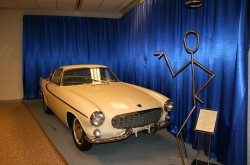
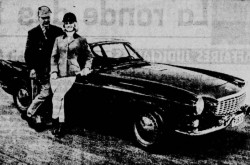
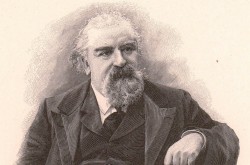
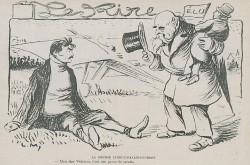
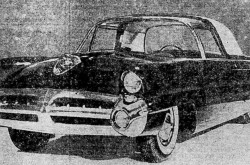
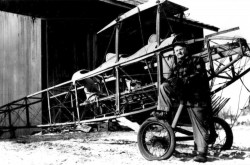

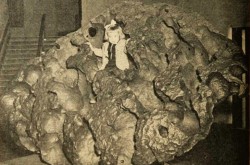

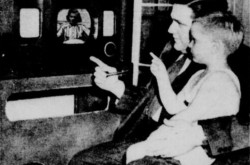
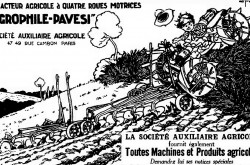
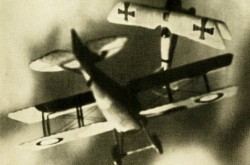
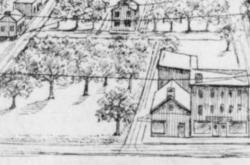
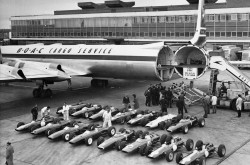
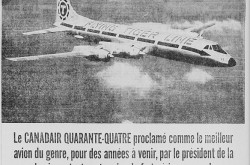
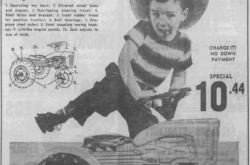
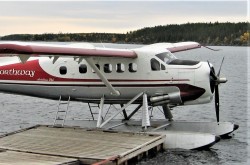
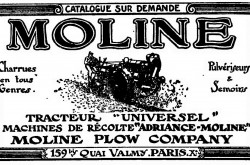
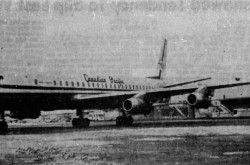
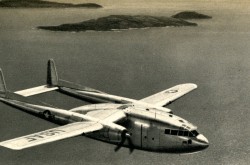
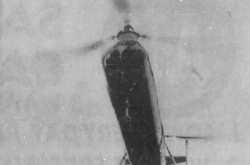
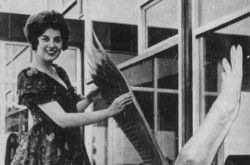
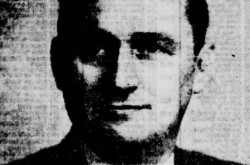
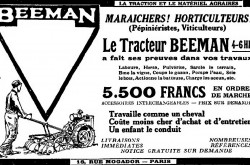
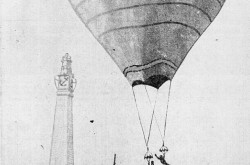
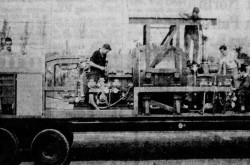
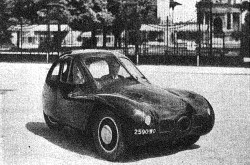
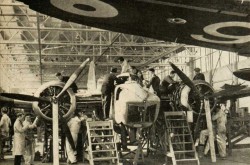
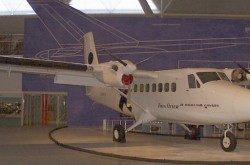
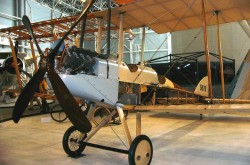
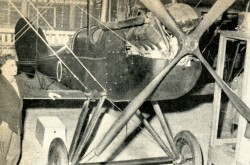
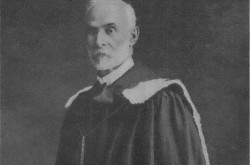
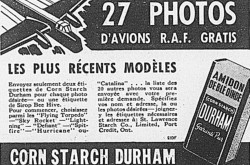
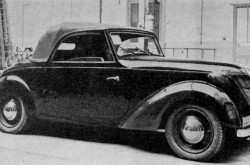
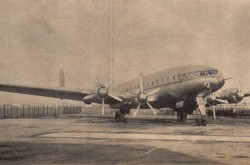
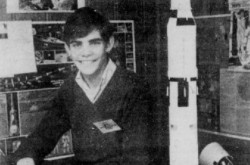

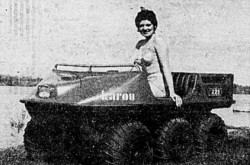

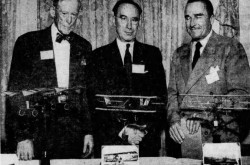

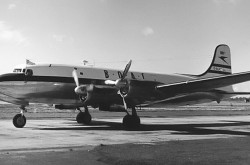
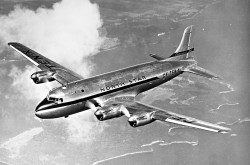
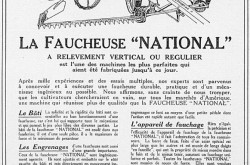
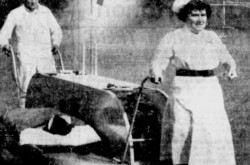
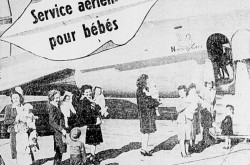
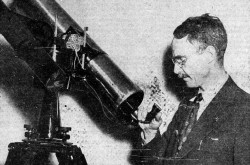
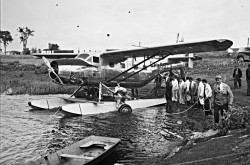
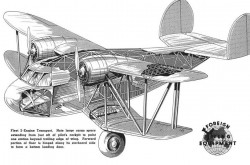
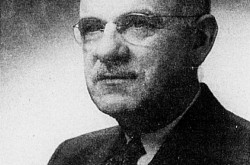
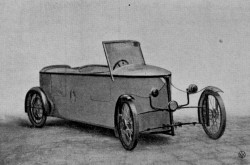
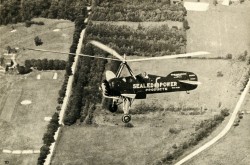
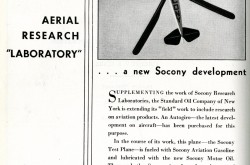

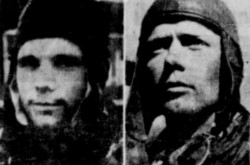

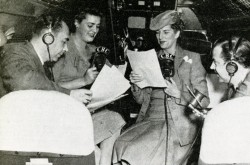
![Peter Müller at the controls [sic] of the Pedroplan, Berlin, Germany, March 1931. Anon., “Cologne contre Marseille – Le mystère du ‘Pédroplan.’ [sic]” Les Ailes, 2 April 1931, 14.](/sites/default/files/styles/thumbnail_7/public/2021-04/Les%20Ailes%202%20avril%201931%20version%20big.jpg?h=eafd0ed4&itok=WnBZ5gMf)
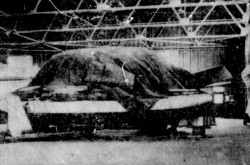
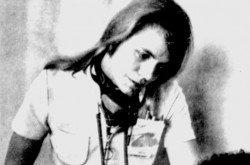
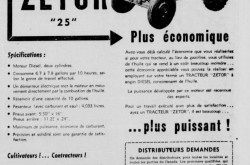
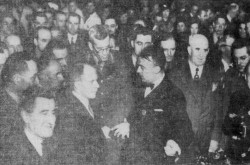
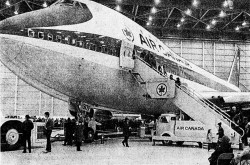
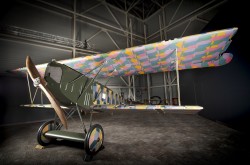
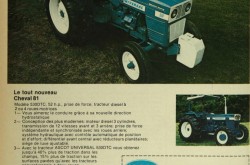

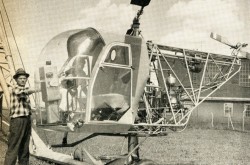
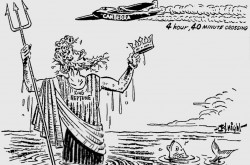
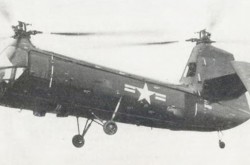
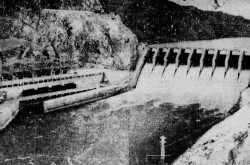
![One of the first de Havilland Canada Chipmunk imported to the United Kingdom. Anon., “De Havilland [Canada] DHC-1 ‘Chipmunk.’” Aviation Magazine, 1 January 1951, cover.](/sites/default/files/styles/thumbnail_7/public/2021-01/Aviation%20magazine%201er%20janvier%201951%20version%202.jpg?h=2f876e0f&itok=DM4JHe5C)
